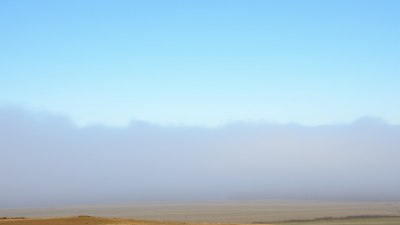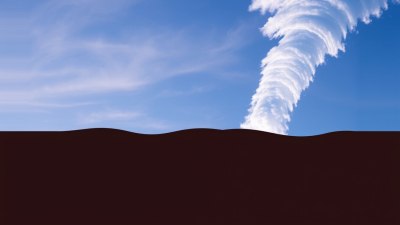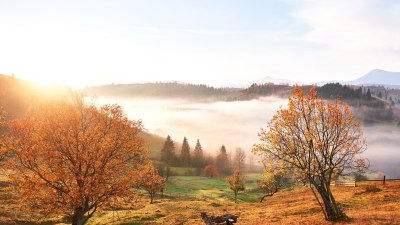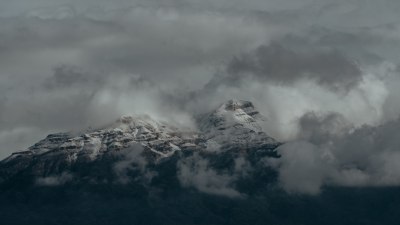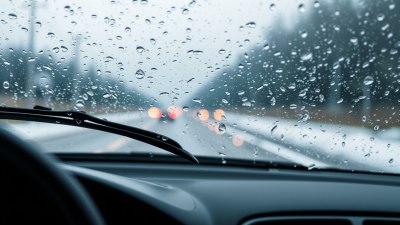What Causes Mirror-Like Reflections on Wet Roads The Mirage Effect
Explore the phenomenon of mirror-like reflections on wet roads caused by the mirage effect.
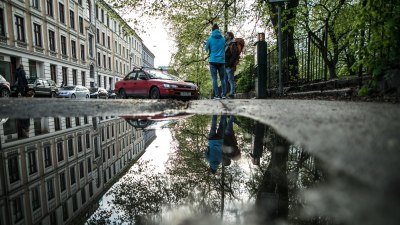
When driving on wet roads, one might notice a strikingly beautiful phenomenon: mirror-like reflections glistening across the asphalt. This captivating visual effect is often enhanced by the shimmering nature of wet surfaces after a rain shower. However, it is not just mere aesthetics, as this optical illusion can be linked to a variety of scientific principles, including the mirage effect and the interplay of light and water. Understanding what causes these reflections can enhance our appreciation of nature’s artistry and provide insights into light behavior.
The Mirage Effect Explained
The concept of a mirage is commonly associated with hot, dry landscapes where pockets of air at varying temperatures create the illusion of water. However, this phenomenon isn’t restricted to deserts; it can also occur in the presence of wet roads. A mirage happens due to the refraction of light rays passing through layers of air that differ in temperature. When light travels from one medium to another (in this case, from the cool air to the warmer air just above the surface), it bends, causing the objects behind these layers to appear distorted or displaced.
In a different context, when rain saturates a road, it creates a thin film of water on the surface, which behaves like a mirror. The smoothness of the wet asphalt, in combination with the reflective properties of water, allows for light to reflect off the surface in a particular way, enhancing the mirage effect.
The Role of Surface Texture
The surface texture of the road plays a significant role in how light interacts with it. Smooth surfaces lead to clearer reflections because they minimize disturbances that would otherwise scatter light rays. When roads are recently paved or have a consistent texture, and the water layer is minimal, the resulting reflections can depict the surrounding environment almost perfectly.
On the other hand, rough surfaces can cause the reflection to scatter, resulting in a less distinct image. This variability highlights how not all roads will yield the same degree of reflectivity; the conditions must be just right for the creation of those mirror-like effects.
Reflections and Light Behavior
Light behaves in several ways when it encounters a water-covered surface. Reflectivity and refraction are two primary behaviors that contribute to the appearance of mirror-like reflections. The angle of incidence, or the angle at which light hits the surface, directly affects how it reflects back toward the viewer. According to the law of reflection, the angle at which the light strikes the wet surface is equal to the angle at which it bounces off. This principle is particularly noticeable during sunrise and sunset when the light is low in the sky, enhancing visibility and creating striking reflections.
Moreover, the color of the light can impact the effect as well. The golden hues of sunset or the cool blues of overcast skies can dramatically change the visual experience of the reflected images on wet roads.
The Atmospheric Conditions at Play
The conditions under which wet roads appear reflective are often affected by atmospheric factors. Temperature, humidity, and the character of precipitation influence how the road absorbs and reflects light. For example, during high humidity, the road may retain moisture longer, continuing to exhibit mirror-like properties long after the rain has stopped. Additionally, on cooler days, accumulated water can create a film that remains for several hours, allowing reflections to persist and providing drivers a mesmerizing visual experience.
Visual Perception and Its Psychological Effects
The visual perception of reflections on wet roads can impact psychological reactions, creating feelings of joy or tranquility. The reflective atmosphere can enhance the beauty of the natural landscape, infusing the driving experience with an element of artistry. It serves as a reminder of nature’s capacity to transform even the most mundane environments into stunning spectacles of beauty. Research in environmental psychology suggests that aesthetically pleasing visuals can improve mood and overall well-being, making the remarkable visuals of reflections a valuable experience for those who encounter them.
Safety Implications
Despite their beauty, mirror-like reflections on wet roads can create challenges for drivers. The dazzling glare can reduce visibility, leading to potential hazards. Drivers should exercise caution during these conditions, as reflections may obscure road signs, traffic lights, and other essential cues. When driving on wet roads, it is advisable to reduce speed and remain vigilant to ensure safe navigation through these visually appealing but potentially dangerous scenarios.
The enchantment of mirror-like reflections on wet roads, enhanced by the mirage effect, is a beautiful interplay of light and surface characteristics. Understanding the scientific mechanisms behind this phenomenon deepens our appreciation for the beauty in everyday occurrences. By recognizing the conditions that contribute to these visuals, drivers can not only enjoy the aesthetic but also remain cautious during their journeys. As we see the world transformed under wet conditions, we are reminded of the intricate relationships between nature, science, and the human experience—a vivid interplay that enhances the fabric of our daily lives.
